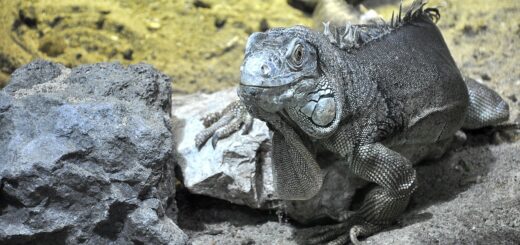Nuts! What to feed a lipid loving saki monkey (Pithecia pithecia)
Citation
Di Nuzzo E, Gourlie S, and McGregor B. 2023. Nuts! What to feed a lipid loving saki monkey (Pithecia pithecia). In Brooks M, Fidgett A, Kendrick E, Treiber K Eds. Proceedings of the Fifteenth Conference on Zoo and Wildlife Nutrition, Zoo and Wildlife Nutrition Foundation and AZA Nutrition Advisory Group, Hybrid.
Abstract
Two white-faced saki (Pithecia pithecia) housed at Toronto Zoo were found to not readily consume concentrate feeds. Various commercially available products and feeding approaches (soaking, hand-feeding) had been trialed over a 2-year period with limited success. The original diet as offered to the 1.1 saki was a combination of common commercial fruits and vegetables, egg, various nuts, Toronto Zoo Softbill Gelatin Diet, Mazuri Leaf-eater Primate Biscuit (5M02), and ZuPreem Primate Diet (canned). An intake analysis revealed that the diet as consumed provided 301 kcal and was below the recommended levels of iron, zinc, and Vitamin E for generic non-human primates. The intake assessment also revealed a shift in energy source from the offered carbohydrates (offered at 46.0% and consumed at 28.0%) to the available fat (offered at 39.0% and consumed at 60.0%). Thus, a trial of modified concentrate biscuits was undertaken to have the 1.1 saki consume a balanced diet by developing a readily accepted concentrate biscuit. Three versions of modified biscuits were prepared (Biscuit, A, B, and C), which consisted of ground Mazuri Leaf-eater Biscuit (5M02), almond flour, almond butter, and water. Of the 3 versions of trial biscuits, Biscuit B, including almond butter at 10%, was the most consumed by the 1.1 saki. Consumption of trial biscuits ranged from 21.7% to 44.2%. The increased consumption of biscuit B (47.0% of energy from fat as offered) compared to biscuit A (37.0% energy from fat as offered) also demonstrated a preference to source energy from fat. Additional iterations of the biscuits should be trialed to discover a more readily accepted concentrate and to determine if the shift in energy source consumption is consistent.
 07_DiNuzzo.pdf 41 KB
07_DiNuzzo.pdf 41 KB








